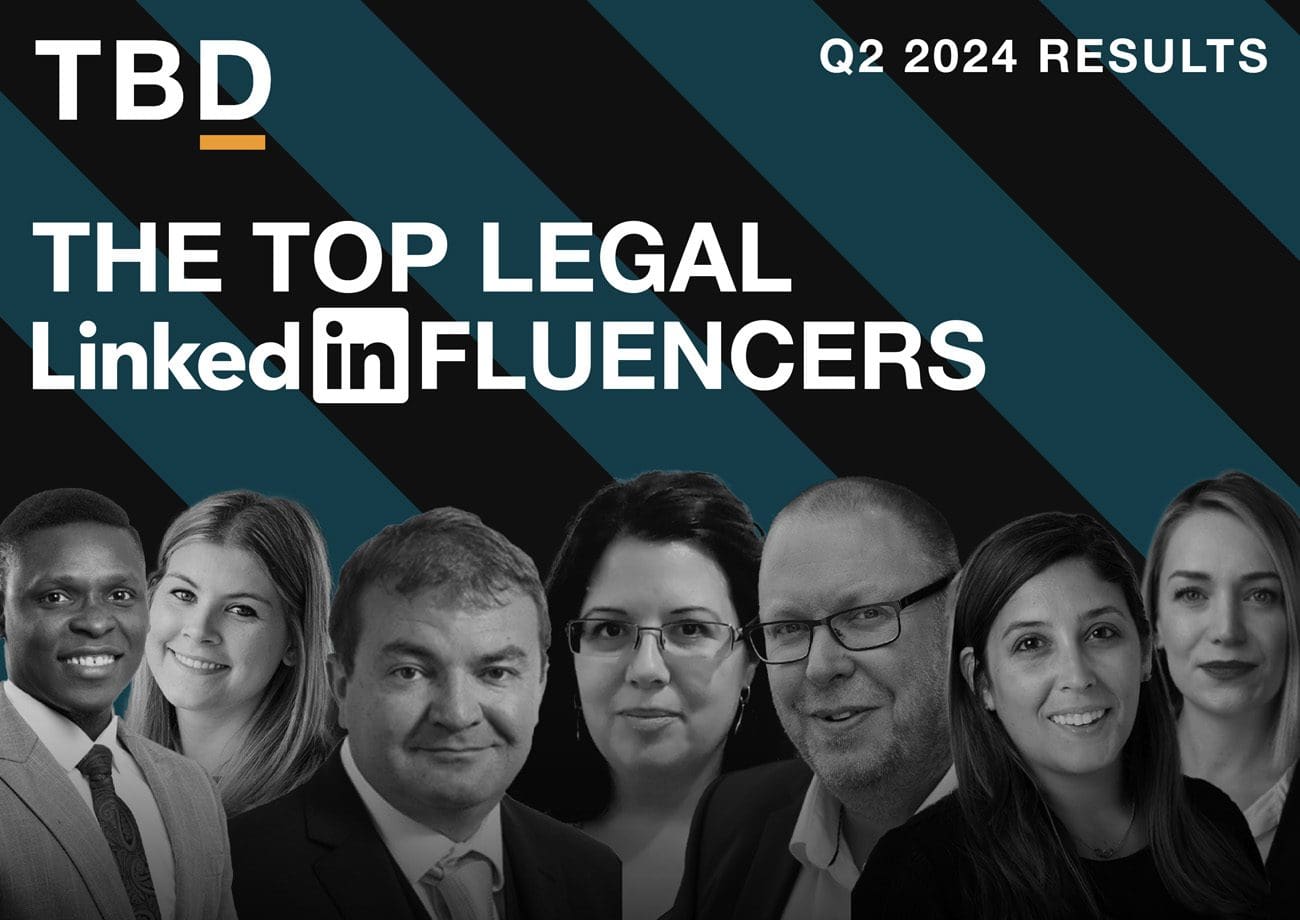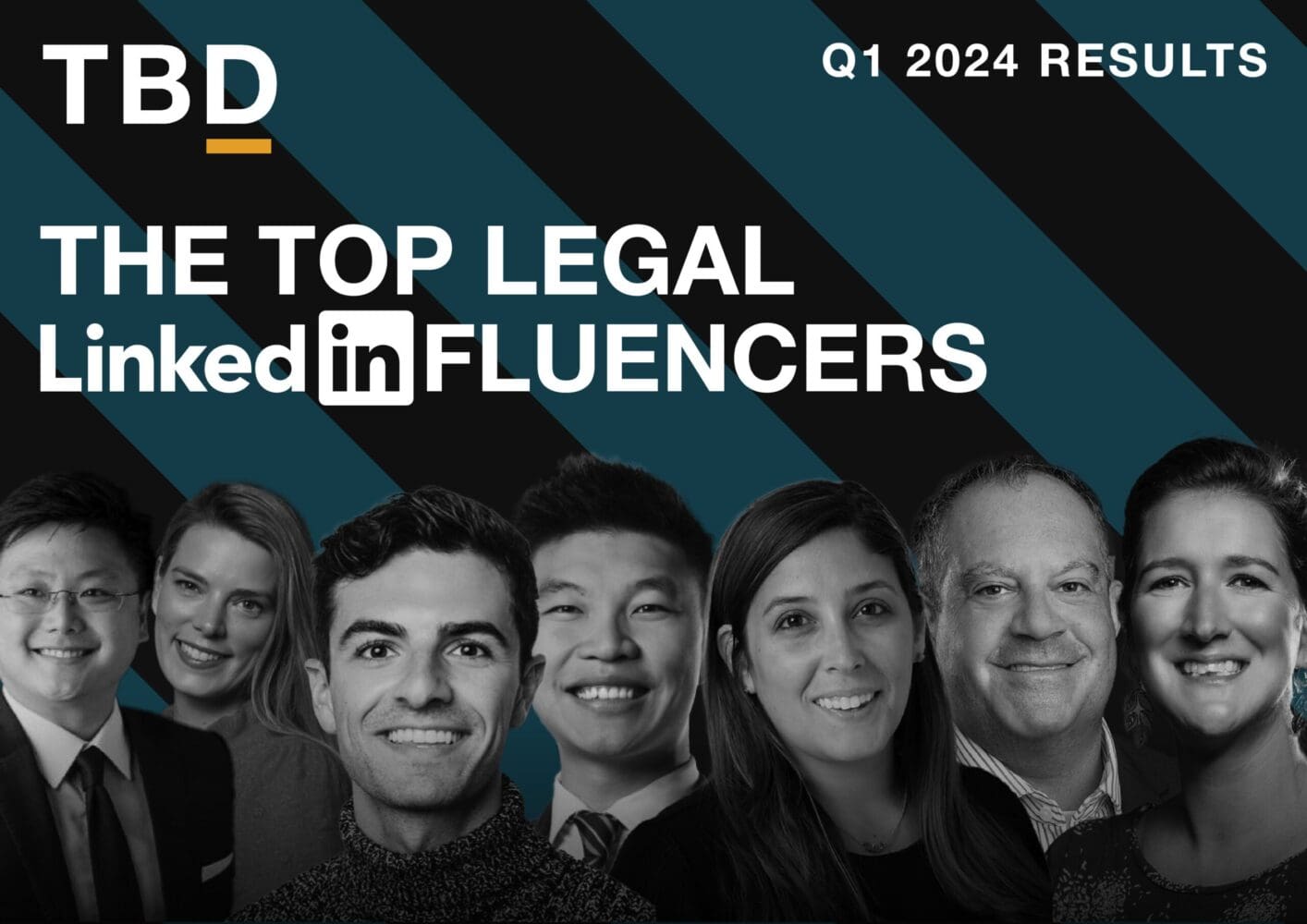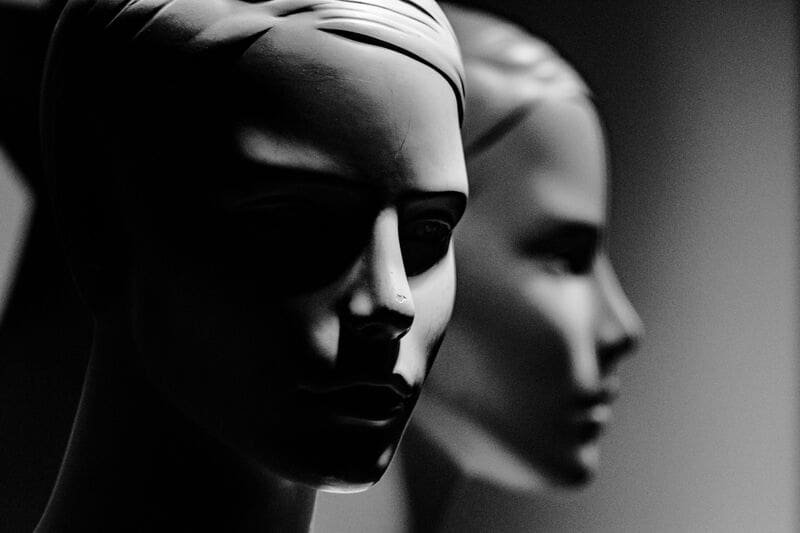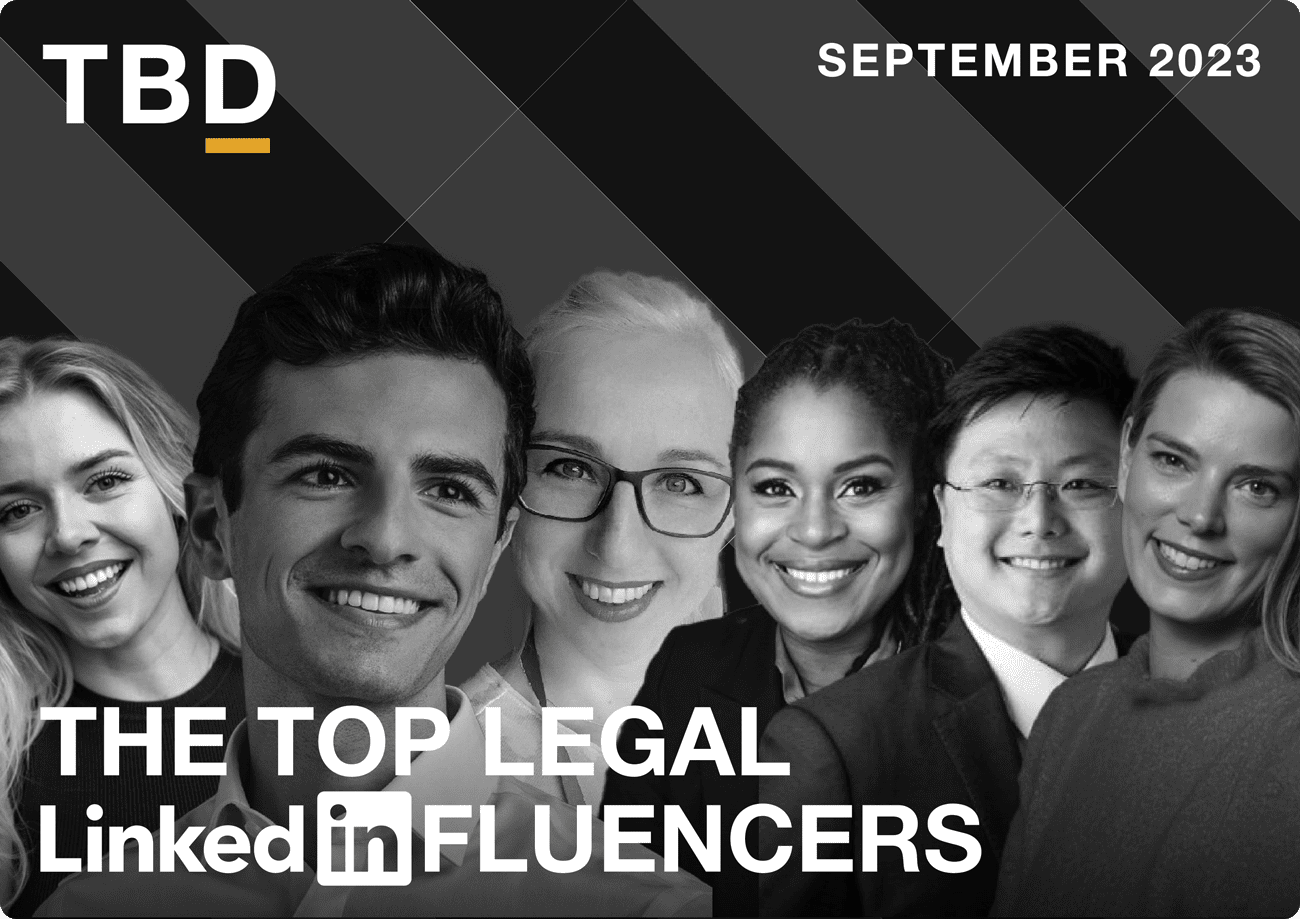2019 is going to be the breakthrough year for deepfakes and if you work in tech, reputation, politics or the law, you’re almost certain to cover them at some point. Here’s why.
The technology exists to allows us to put words into the mouth of another. The technology now exists to allow us to extract backgrounds from hundreds of frames of video so that we can modify body movements and head movements that are more realistic and that go with the words that are allegedly being said.
What’s an example of a deepfake?
The most famous deepfakes to date are probably of Barack Obama talking about Donald Trump, of Nicholas Cage acting in movies he’s never been in, and of Steve Buscemi’s face on Jennifer Lawrence’s body. It’s probably best to look for these online yourself.
As a journalist, why should I care?
Deepfakes are a story that is going to run and run. Any time you invest in knowing about them now will be repaid in dividends.
We have a major set of elections coming up over the next couple of years. Candidates have shown that they will use whatever social media advantages they can in the past to win an election.
Equally, businesses are increasingly targeting each other with negative campaigns online. In a world in which you can be excluded from seeing these videos on Facebook, they might begin happening to you or your organisation before you even know about it.
People recognise celebrities and fakes quickly become discredited. But ask yourself if a video of an Asian business leader was published would you *definitely* know whether it was fake instantly? What about a South American politician? Or an Australian footballer? All the fake needs to do real damage is to be believable for a short period. The truth then needs to run at 100mph just to catch up.
For someone, 2019 will prove the tipping point of opportunity, affordability and motive to create a destructive deepfake that destablises a market or a campaign.
What kinds of events are we expecting?
This is challenging territory, because we don’t want to give people ideas, but away from celebrity and revenge porn (which deserve their own post) NESTA and others have issued likely scenarios as follows:
- a corporate update used to crash a share price – which would benefit shortsellers
- election campaigns – run on social media targeted at floating voters
- diplomatic incidents – to embarass or force the hand of a negotiation
- prescient incidents timed to do most damage – where recovery will never be enough afterwards
- Ransomfake scams – where a fake video is used to blackmail an elected official or a business leader
Is there any way of countering deepfakes?
Yes – using both technology and the law. The tech can still spot fakes (the human eye is not going to be able to soon) as single pixels out of place give the fake away. The law can help – but often only when the cat is already out of the bag.
Materials that might be of use for background
Deep video portraits – a paper: https://arxiv.org/pdf/1805.11714.pdf
Nesta paper on weaponising deepfakes – https://www.nesta.org.uk/feature/ten-predictions-2019/deepfake-videos-get-weaponised/
How can TBD help?
We have several experts available for comment on deepfakes – from the tech and legal sectors, from digital experts to social media gurus. Get in touch if you’d like a background brief or a quote on this. Simon.Marshall@2bd.me







